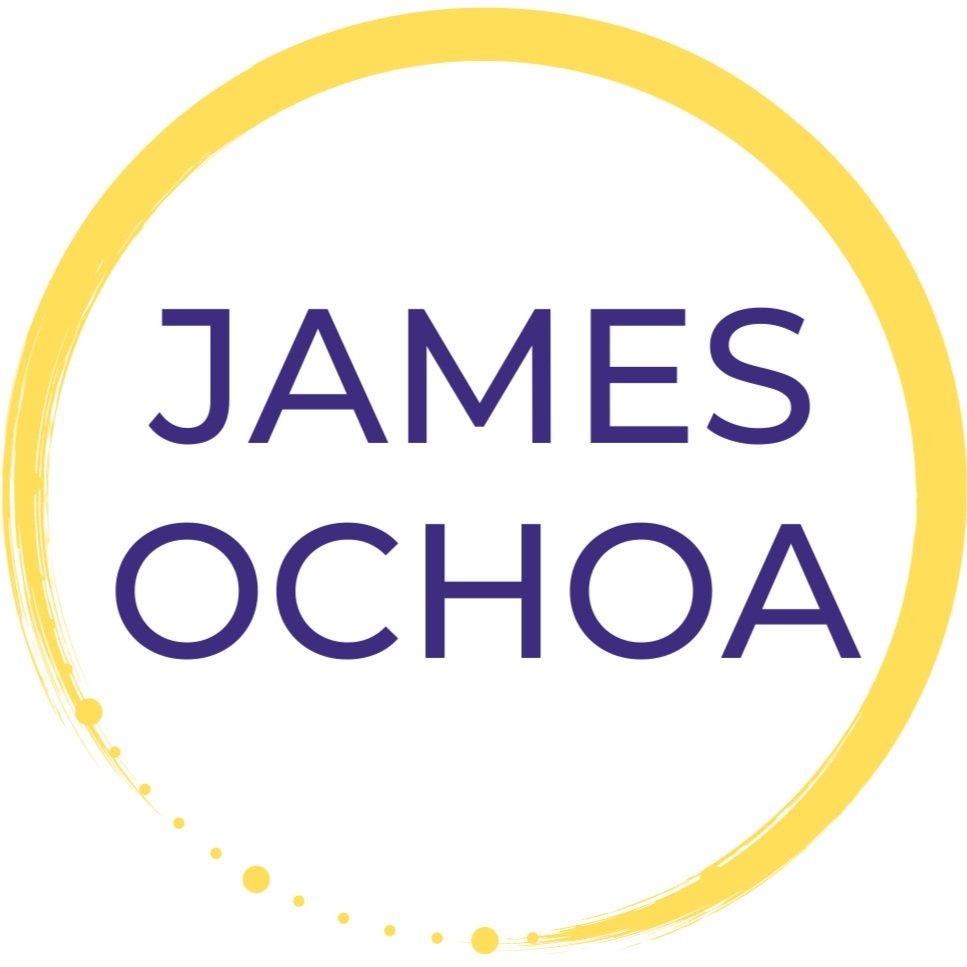Sample Scale Development Guide
To help you create your personal 1-10 scale, consider what each level might feel like:
1 - "Not Developed at All"
What color, feeling, or metaphor represents this starting point?
2-3 - "Beginning Stages or Unclear"
What represents "not developed" for you?
How does disconnection or uncertainty feel?
4-6 - "In Progress, Some Development Present"
What does "middle ground" feel like for you?
How do you experience partial development?
7-9 - "Mostly There, Minor Adjustments Needed"
How does this feel different from your "10"?
What sensations or colors represent this level?
10 - "Exactly How I Want It"
What color represents this perfect state?
What does it feel like in your body?
What metaphor or image captures this feeling?
What words or phrases resonate?
Remember: Your scale is completely personal. Use whatever sensory language, metaphors, colors, or feelings resonate with your unique ADHD brain.
Want to Sign up?
Log into the 11Q Your ADHD Membership Area
Mental Support Group (MSG): Quick Guide
What is it?
A MSG is an imaginary group of supportive people you create in your mind to build confidence and self-worth. They believe in you unconditionally and help you reach your potential.
Why does it matter?
Strengthens your sense of self and identity
Provides constant emotional support
Helps you make decisions and take healthy risks
Always accessible in your imagination
How to build your MSG:
1. Real people you trust completely
Choose people who make you feel emotionally safe
Can be anyone: family, friends, teachers, mentors
Only include people you trust 100%
Few people is totally fine—quality over quantity
You can add or remove people anytime
2. Public figures or characters
People from books, movies, TV, history
Ask yourself: "Would they support me reaching my potential?"
If yes, they're in
3. Imaginary figures
Create your ideal mentor, parent, or guide
Use cartoon characters or superheroes if they help you feel safe and strong
How to use it:
Imagine a special place (beach, cozy room, anywhere comfortable) where your MSG meets.
Have them tell you they're there to support you—no judgment, just belief in you.
Talk to them when you need encouragement, have to make decisions, or face challenges.
Important notes:
Don't judge yourself for doing this—it's a powerful mental health tool
Keep your MSG private or share only with trusted people who'll support the practice
This strengthens your relationship with yourself over time
Want to Sign up?
Log into the 11Q Your ADHD Membership Area
Your Emotional Safe Place (ESP)
What is it?
A mental place you create where you feel completely calm, safe, and peaceful. Your brain responds to imagined places similarly to real ones, so visualizing your ESP can genuinely help you feel better.
How to create your ESP:
Remember real places where you felt peaceful
Use your imagination—anything is possible!
Include what appeals to your senses: sights, sounds, textures, smells
Change anything that doesn't feel right
Add protective boundaries (like a moat or secret entrance) to keep it truly safe
Important: No judgment, criticism, or negativity exists here
Keep it accessible:
Make a collage or collect pictures that represent your ESP
Keep reminders where you'll see them often (desk, phone background)
Surround yourself with small items that remind you of it
When to use your ESP:
When you need to calm down or refocus
If you're having trouble sleeping
During stressful moments
As a quick mental reset when your attention wanders
To boost confidence
Privacy tip: Your ESP is personal—only share it with people you trust completely.
Want to Sign up?
Log into the 11Q Your ADHD Membership Area

